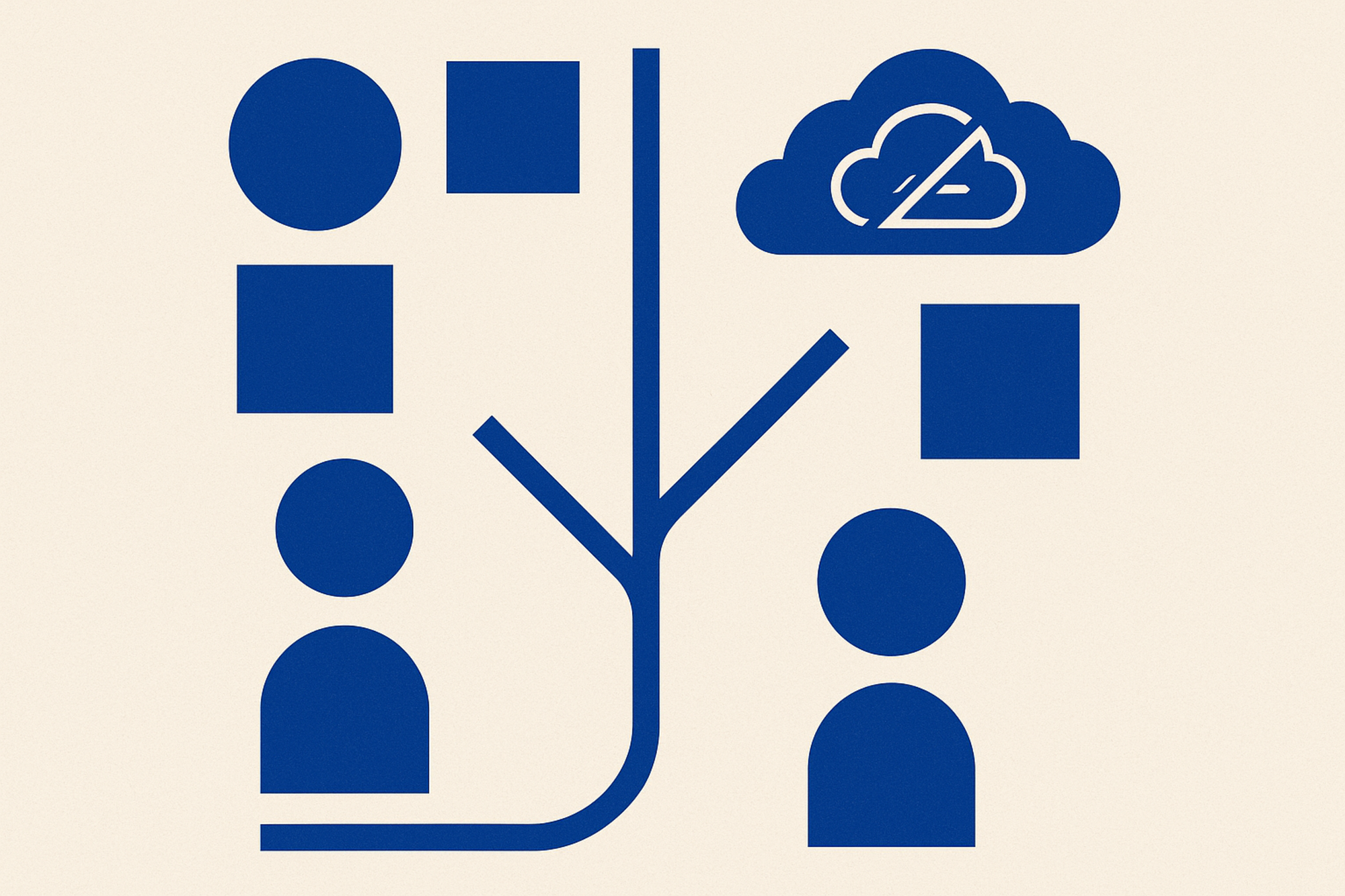Agents, Artifacts, and Aftermath: Software Engineering’s New Reality

Reading this week’s spread of software engineering blog posts, one gets the sense that we’ve reached an inflection point for developer tooling and infrastructure. AI is no longer a sideshow: it’s at the heart of modern workflows, powering everything from next-gen IDEs to streaming chat solutions, while seeping into the less glamorous realms of technical debt and security. Meanwhile, traditional concerns—career trajectories and distributed architectures—are being reinterpreted through this AI-first lens. Here’s how these pieces collectively pull software engineering forward (and sometimes sideways):
The Agentic IDE: Welcomed to Mission Control
Google’s launch of Gemini 3 Pro and the simultaneous unveiling of Google Antigravity land as a one-two punch heralding the agent-first epoch. Antigravity isn’t just another feature-laden IDE; it’s an explicit inversion of the developer-tool contract, where code assistants coordinate, critique, and iterate—producing verifiable artifacts and transparently recording their reasoning. Google wants trust, not another black box.
This pursuit of trust comes with asynchronous feedback loops and self-improvement, embracing artifacts (task lists, plans, browser recordings) to keep humans in the loop. Whether you view this as empowering or mildly unnerving depends on your stance toward AI-driven autonomy. At the very least, it’s a significant gesture toward addressing the biggest gripes with today’s LLM copilots: overdosed cheerleading, lack of iteration, and opacity in how decisions are made.
AI Code Generation: Technical Debt on Overdrive
The glowing promise of AI-powered coding has a blemish: it’s creating what InfoQ calls an “army of juniors.” Despite their productivity, LLMs generate code with shallow architectural foresight, a chronic allergy to refactoring, and a remarkable ability to recreate bugs with a copy-paste vengeance. The result? Debt that compounds, not linearly, but exponentially. Manual review, the once-hallowed last defense, is now deemed obsolete; security requirements need to be housed inside prompts, and autonomous guardrails must be baked into the pipeline. In a sense, humans are relegated to product vision and the critical path architecture while the machines churn out scaffolding—fast, brittle, and in frequent need of governance.
Security, Upstream: Let the Machines Flag the Landmines
If AI’s code generation capacity is a risk amplifier, this week brings evidence that AI can also be a risk sentinel. A Classifier-Based Vulnerability Prevention system now tackles high-risk code changes at the point of upstream integration, triaging differences into categories of likelihood for introducing vulnerabilities. The goal? Relieve downstream teams from firefighting inherited issues while giving upstream projects the incentives (i.e., continued, safe adoption) to invest in robust prevention. There’s a microcosm of global politics here—shared responsibility, but not without self-interest.
The Infrastructure Shift: Offline-First, Streaming, and Smarter Cost Tiers
Parallel to AI’s ascent, there’s a trend toward re-centering the local device as the locus of truth and performance. Offline-first frontend architectures are more than a concession to spotty connectivity—they’re a bet that local-first, resilient apps offer not only robustness but also a smoother UX even under perfect network conditions. IndexedDB, SQLite (via WebAssembly), and RxDB blur the once-sharp boundary between client and server, all while architecting for data sync, conflict resolution, and the practicalities of browser storage quotas. The cloud is still vital, but increasingly backgrounded—a dependency, not the main event.
Meanwhile, as one’s cloud billers flex their muscles, AWS rolls out granular service tiers for Bedrock AI workloads, catering to use cases ranging from mission-critical latency (Priority) to leisurely, budget-friendly batch jobs (Flex). It’s a nod both to the varying elasticity of AI-backed products, and to the reality that, for most organizations, runaway costs are the only certain outcome without deliberate controls.
Real-Time Streams: AI that Thinks Out Loud
LogRocket’s Next.js streaming tutorial peels back more than coding tricks—it’s a meditation on why “typing effects” and streaming responses matter beyond UX flourish. For AI, real-time, partial responses make the machine’s process legible, approachable, and interruptible, echoing the agentic patterns elsewhere. When AI “thinks out loud” (now even exposing its reasoning alongside its answers), users experience a co-creative dynamic instead of a distant oracle. The tutorial both grounds and extends this principle, preaching for thoughtful application of streaming (stream when it feels organic, skip it for raw data pipelines).
Career Progression: Still a Human Art
All this AI racket is thrilling, but not even Google’s agents can plot your career ladder yet. The Pragmatic Engineer reminds us that growth—mid-level to senior, staff, principal—remains a very human process, rooted in independent execution, low noise, and proactively solving both obvious and unseen problems. Promotions are for those who mentor, influence, quietly reliability, and spot the dragons leadership missed. The rules for seniority haven’t changed (except, perhaps, being pleasant is more valuable than ever when the code is increasingly written by things that don’t complain at all).
Concluding Patterns: Autonomy with Accountability
What ties these posts together isn’t just the rise of AI, but how human engineers—their voices, their roles, and their strategic efforts—are forced into new orientations. AI expands autonomy for some tasks but also surfaces accountability requirements: for correctness, for governance, for long-term resiliency. Security apparatuses, streaming UIs that invite feedback mid-answer, agentic IDEs—each signals a future where software “works,” but only if we keep reinventing how we oversee, guide, and selectively rein in the machines we've invited in.
References
- Google Launches Gemini 3 Pro - The New Stack
- Google announces agentic development platform, Google Antigravity - SD Times
- Google Antigravity
- Offline-first frontend apps in 2025: IndexedDB and SQLite in the browser and beyond - LogRocket Blog
- AI-Generated Code Creates New Wave of Technical Debt, Report Finds - InfoQ
- Classifier-Based VP System Targets High-Risk Code Changes in Upstream Projects | HackerNoon
- Real-time AI in Next.js: How to stream responses with the Vercel AI SDK - LogRocket Blog
- New Amazon Bedrock service tiers help you match AI workload performance with cost | AWS News Blog
- Career paths for software engineers at large tech companies
